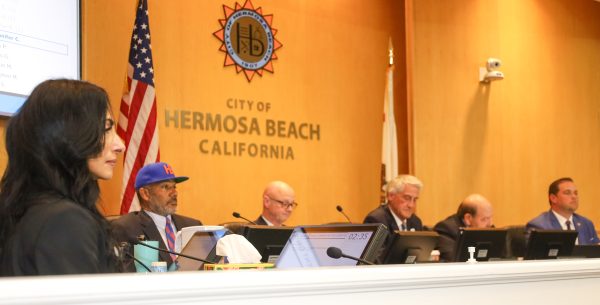
On an early Saturday morning in August every year for the last quarter century, a motley crew of paddlers, reporters, photographers and Catalina Classic race officials have congregated aboard Disappearance.
The boat’s skipper, Body Glove founder and legendary waterman Bob Meistrell, kicks off the journey with a few simple instructions: make sure your own a sleeping bag and pillow, mind how you operate the ship’s head and if you’re smoking you better be on fire. As he sets course from Redondo’s Portofino Marina to Catalina Island, Meistell offers a welcoming of sorts.
“The bad news is you are on a boat weaving back and forth for six hours,” Meistrell says. “If you tend to get sea sick, you will get sea sick. The good news is you aren’t on one of those stupid paddleboards.”

Disappearance has played an essential role in reviving the Catalina Classic from dormancy three decades ago to its flourishing current state. The iconic Body Glove boat (“72-ft. if you are bragging, 64 ft. if you are paying the slip fees,” Meistrell says) is a 39-year-old beauty, a custom-made Willard Ditmar-Donaldson yacht that is the jewel on the crown of the water-going dynasty Meistrell and his twin brother, the late Bill Meistrell, established together.
LA County lifeguards Weldon “Gibby” Gibson and Buddy Bohn brought the 32-mile Classic back to life in 1982; it had been a revered waterman rite of passage back in the 1950s but had faded into legend. Only 10 paddlers competed that first year. Five years later, Meistrell was recruited to lead the race. This year, 77 paddlers competed in what has become paddleboarding’s premiere event.
And Meistrell again led the way. Disappearance serves as command central for the race, setting course for the paddlers and all the support boats that follow.
“It’s quite a race,” Meistrell said. “I’ve really enjoyed it over the years. We’ve always had some really nice people on board.”
None were nicer than Gibby Gibson, Meistrell says. Gibson was one of the race’s original competitors in 1955 and loved overseeing the race from Disappearance, until his passing in 2007.
“Gibby was the only one who would never bring a pillow or a sleeping bag. He always stole mine,” Meistrell recalls. “And he was a real funny guy. He had the worse pair of binoculars you ever saw in your life. I think they were going to throw them away at the life guard service and he bought them. You’d look through them and you’d think it was snowing. So one time I took up a collection to buy him a new pair of binoculars. Greg Noll said, ‘Put 20 bucks in for me, and he’s never has paid me back.’ Anyway I bought him a real beautiful pair of yellow binoculars, and on the way back, we put his binoculars on a board and put a towel over it and buried them at sea. He almost cried. He was a nice man.”
This year was particularly special for Meistrell. His grandson, Daley Meistrell, and his nephew, Jamie Meistrell, become the first members of the family to paddle the Catalina Classic.
“This was my favorite year,” Meistrell says. “I was pretty proud that two Meistrells were in the race….There hasn’t been any. This is the first time. Nobody has ever entered. Especially not me.”

Meistrell, 84, long ago suffered a broken back that made long-distance paddling impossible. But as one of the world’s most accomplished divers and waterman, he has long respected the Classic and the elite athletes who compete every year. In turn, The Disappearance leading the pack has become one of the signature images of the Classic.
“We’ve had so much fun on this boat,” says Patty Meistrell, Bob’s wife of 61 years and frequent co-pilot aboard Disappearance. “Really, it’s been such a great time.” DZ










